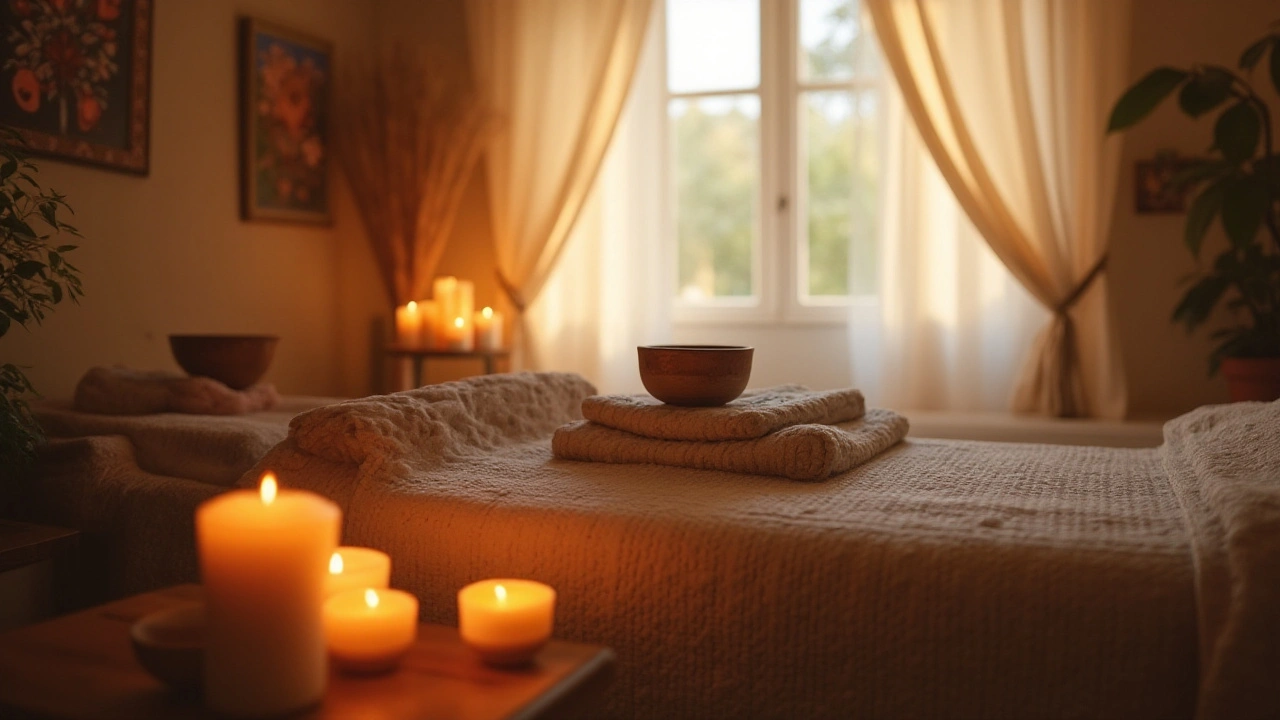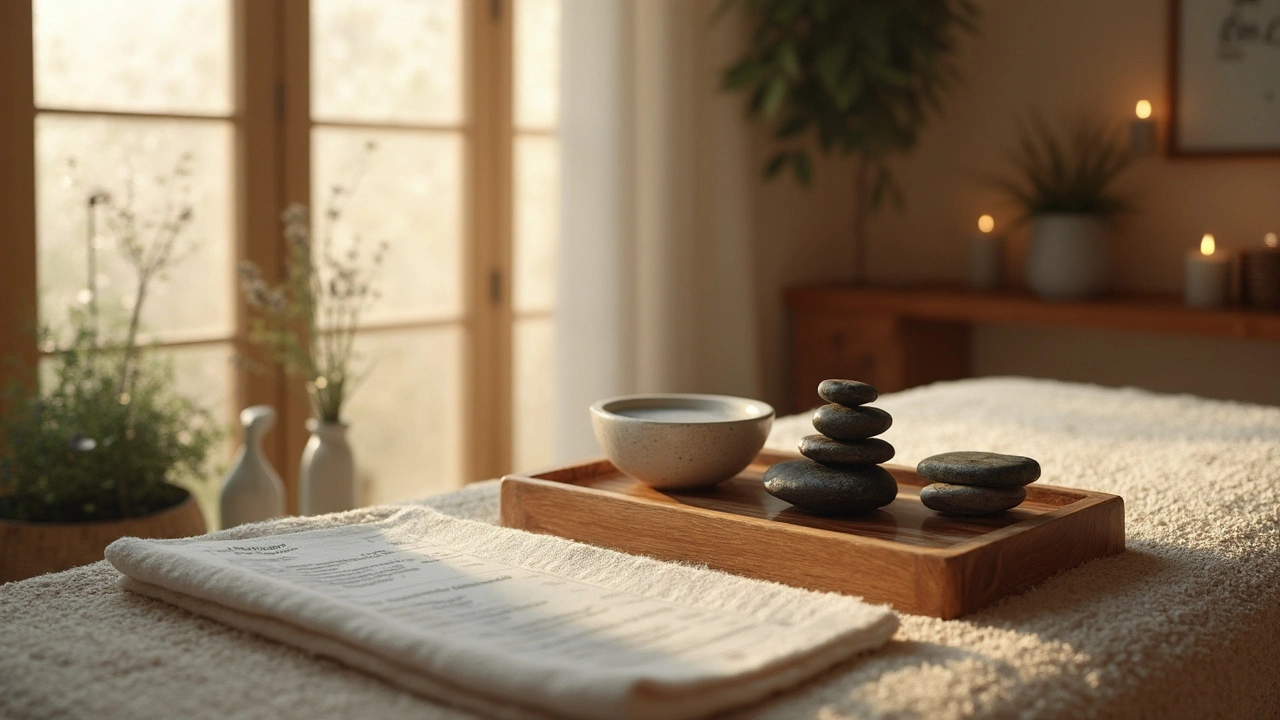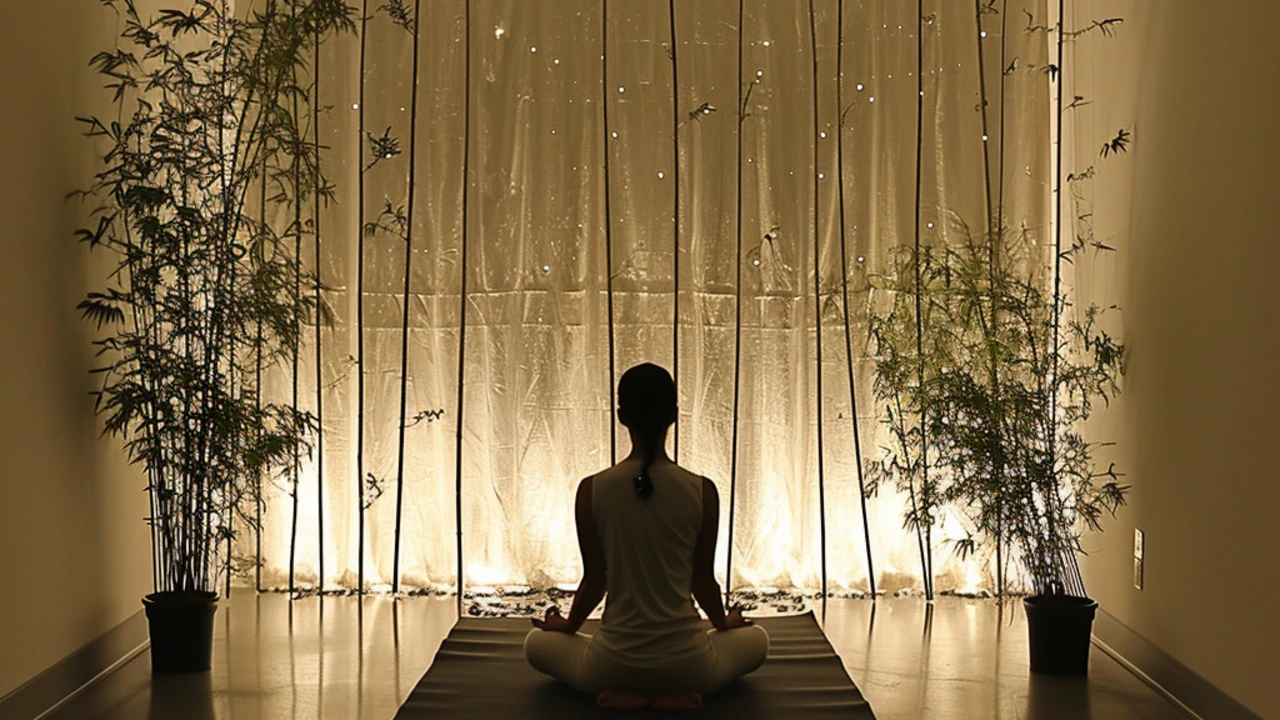Health and Fitness: Quick Massage Guides to Boost Your Body
Looking for a simple way to feel better, recover faster, and keep your fitness on track? Massage isn’t just a luxury – it’s a practical tool that fits right into a health‑and‑fitness routine. Below you’ll find straight‑forward tips you can use today, no‑nonsense explanations, and quick ways to match the right type of massage to your goals.
Everyday Benefits of Massage
First off, massage improves circulation. Better blood flow brings oxygen and nutrients to tired muscles, which speeds up repair after a run or a weight‑lifting session. It also helps flush out metabolic waste, so you feel less sore the next day. Second, a short session can lower cortisol, the stress hormone that often sabotages recovery. Lower cortisol means better sleep, and good sleep is the foundation of any fitness plan.
Third, certain massage techniques target the nervous system. For example, gentle rhythmic strokes trigger the parasympathetic response – the same “rest‑and‑digest” mode your body uses after meditation. When you activate this response, heart rate drops, breathing steadies, and you get a natural mood lift. All of these effects translate into more energy for workouts and a clearer mind for daily tasks.
How to Choose the Right Massage for Your Goals
If you’re a runner dealing with tight calves, try a percussion massage. The rapid percussive taps break up muscle knots and improve range of motion without a deep stretch. Use a handheld device for 5‑10 minutes after your run, focusing on the calf and shin area.
For those who need deep relaxation before bed, a Swedish massage works best. It uses long, flowing strokes that calm the nervous system and prepare the body for sleep. Even a 30‑minute session at a spa or a self‑massage with a foam roller can replicate the effect.
Want to combine flexibility and strength? Thai bodywork blends assisted stretching with pressure points. It’s like a moving yoga class where the therapist guides you into stretches you might not reach on your own. One hour once a week can improve joint mobility and reduce the risk of injury during high‑intensity training.
When you’re short on time, a trigger‑point massage can target those stubborn knots you feel after sitting at a desk all day. Locate a tender spot, apply firm pressure for 10‑15 seconds, then release. Repeat a few times on each knot and you’ll notice a drop in localized pain.
Finally, don’t forget aromatherapy massage if stress is your biggest hurdle. Adding a few drops of lavender oil to the massage oil enhances relaxation and supports deeper breathing. Pair this with a quiet room and dim lighting for a mini‑retreat you can do at home.
Whatever technique you pick, keep a few safety basics in mind: always communicate comfort levels, stay hydrated after the session, and avoid deep massage right before heavy lifting if you feel overly relaxed. Listening to your body ensures each session adds value rather than causing setbacks.
Integrating massage into your health and fitness plan doesn’t require a massive time investment. Pick one technique that matches your current need, schedule it regularly, and watch how your performance, recovery, and overall wellbeing improve. Simple, consistent touch can be the missing link between you and your fitness goals.
Bioenergetics: Transforming Health and Fitness
Explore how bioenergetics-a science of cellular energy-revolutionizes workouts, nutrition, and recovery, offering real‑world tips to boost performance and health.






